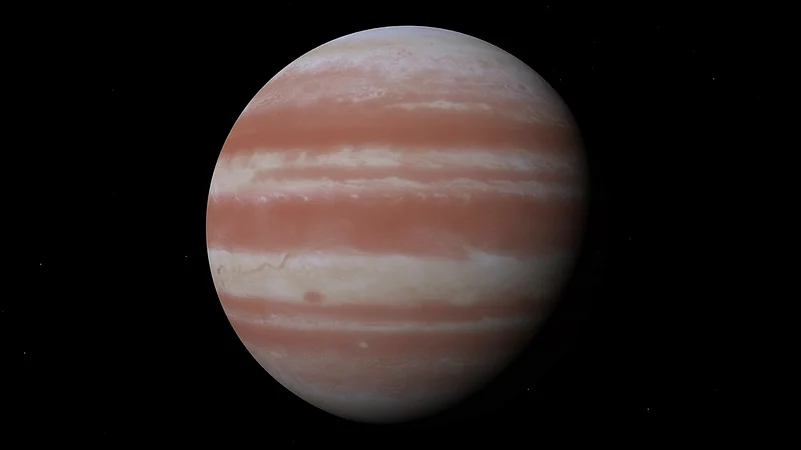Imagine a planet so vast it dwarfs Jupiter, the king of our solar system, by 50%. Now, imagine that same planet defies logic by weighing a mere seventh of Jupiter's mass. That's the mind-bending reality of WASP-193b, a newly discovered exoplanet that's rewriting the rulebook on planetary composition.
A study published Tuesday in Nature Astronomy details this cosmic oddity, located a staggering 1,200 light-years from Earth. WASP-193b's defining characteristic isn't just its immense size, but its shockingly low density – akin to cotton candy, as scientists describe it.
"Finding a solid object this light is mind-boggling," says Julien de Wit, an MIT professor and co-author of the study. "The comparison to cotton candy makes sense because both are primarily empty space. WASP-193b is essentially a giant ball of fluff floating in the cosmos."
This discovery throws a curveball at our understanding of planetary formation. With over 5,000 exoplanets identified so far, WASP-193b stands out as a true anomaly. The only known contender for such low density is Kepler-51d, a Neptune-sized world discovered a decade ago.
Scientists believe WASP-193b, which orbits its sun-like star every 6.25 days, is likely dominated by hydrogen and helium. These light gases could potentially form a hugely inflated atmosphere, but the exact mechanism behind such extreme puffiness remains a puzzle.
"We're at a loss to explain WASP-193b within the framework of existing formation theories," admits study co-author Francisco Pozuelos, an astronomer at the Instituto de Astrofisica de Andalucia. "It's an outlier, defying our current understanding of how planets come to be."
This "cosmic mystery," as lead author Khalid Barkaoui terms it, has ignited a fire of curiosity among astronomers. Barkaoui hopes to unravel the secrets of WASP-193b's atmosphere using the powerful James Webb Space Telescope. By analyzing its light spectrum, scientists could potentially identify the specific gases present and their relative abundance.
WASP-193b belongs to a newly emerging class of exoplanets nicknamed "Super-Puffs" due to their incredibly low densities. According to NASA, nothing like them exists within our own solar system. .




























